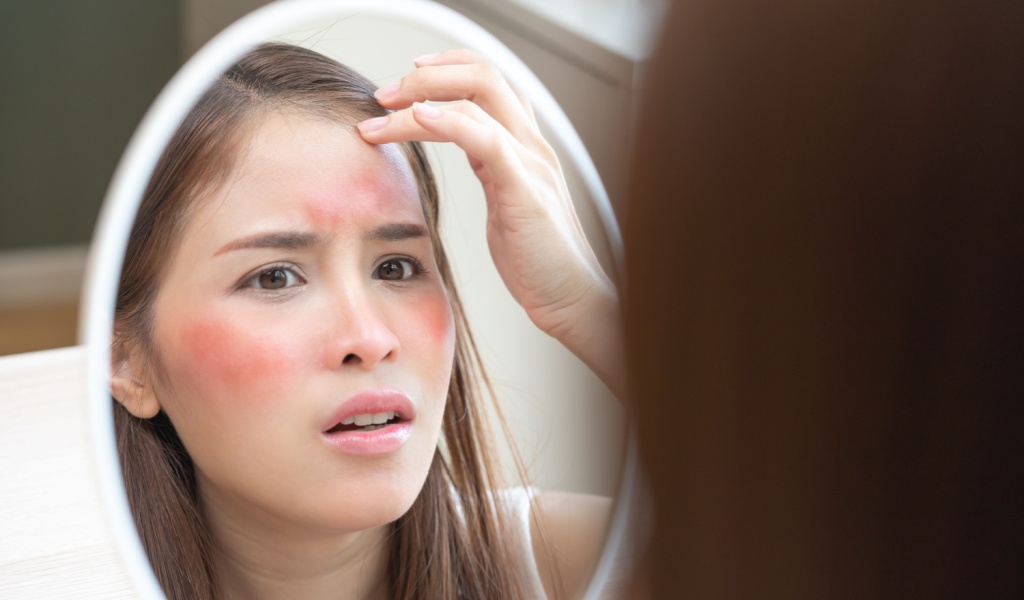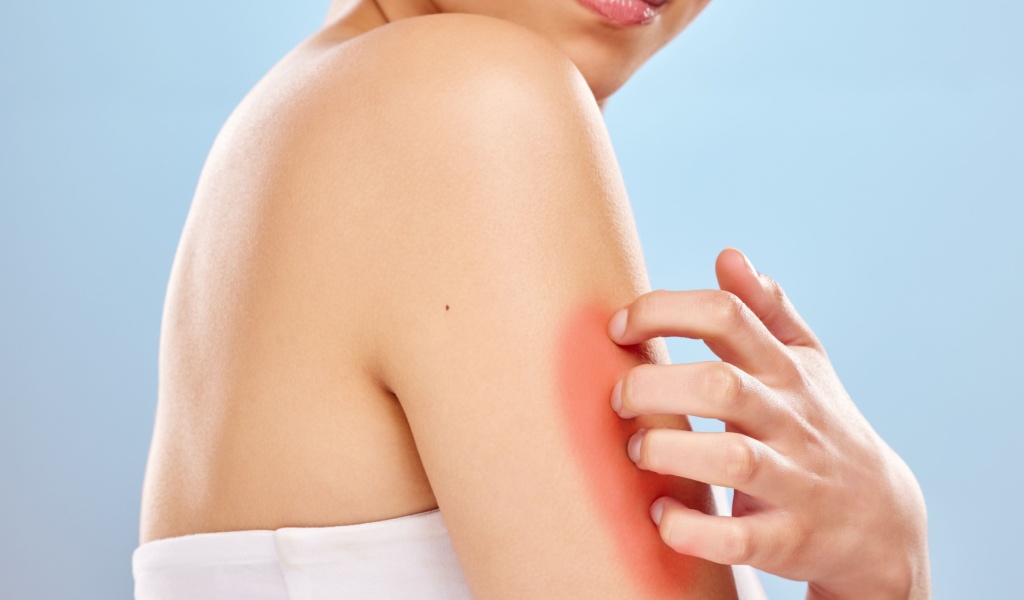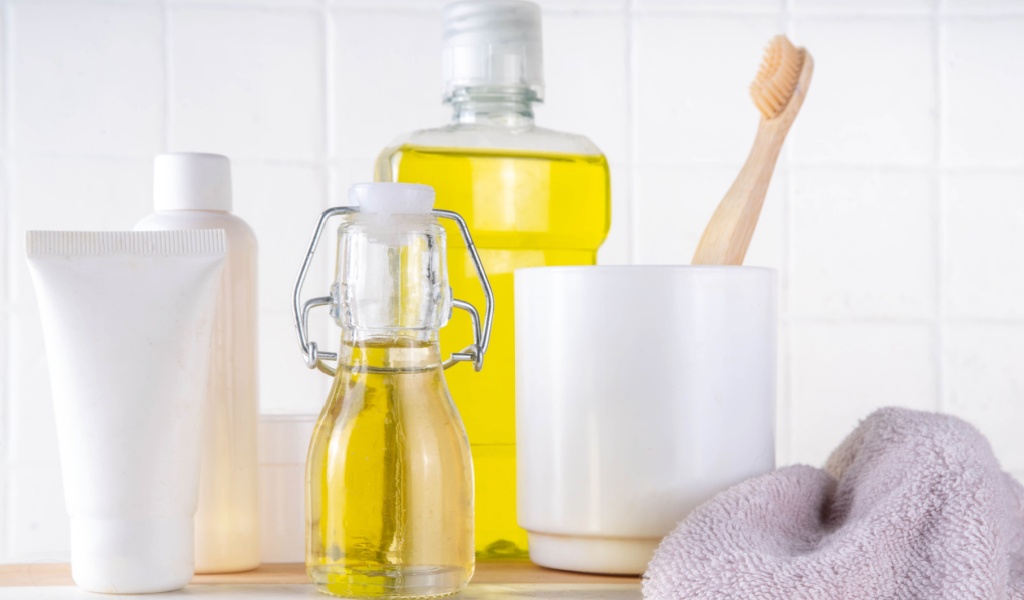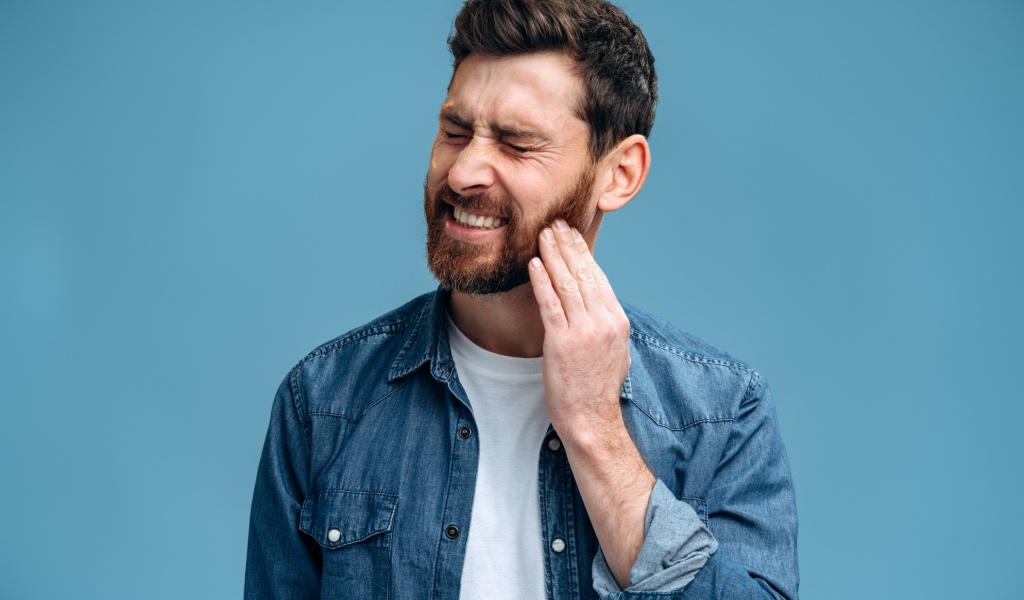Stress is common in the modern, competitive, and complex world. It is well known that Americans rank among the most stressed people globally. The causes of stress can be diverse, ranging from work-related pressures, financial concerns, and relationship issues to health problems. In fact, it is a fact proven by surveys and polls.
Stress can affect people in diverse ways. Some react by becoming angry or anxious, while others may cope by emotionally retreating from the situation.
Even though stress is an emotional experience, it can also negatively affect physical health. Skin rashes are common indicators of stress, along with headaches, exhaustion, and elevated blood pressure. Physical symptoms of stress can vary from person to person and include flushing, heart palpitations, insomnia, and hives.
There is a probability that 20% of the population will be affected by stress hives at some point in their lives. Moreover, studies have shown that these rashes affect women more than men.

What is a Stress Rash or Hive?
A stress rash or hive is a flare-up on your skin that may look red in light skin tones. In dark skin, these rashes look skin-colored or pinkish. It is usually a small, round, swollen patch or spot on your skin. However, it could differ in shape and size and grow larger.
Rachel Nazarian, MD, a New York-based dermatologist, cited that “stress hives typically look like swollen little mosquito bites.”
A rash may appear after someone notices they are scratching their chest more than usual. These patches may develop from the neck to the navel.
A stress rash or hive can also be known as urticaria (according to the American Academy of Dermatology), welts, or wheals. They are similar to ordinary rashes but can be itchy or produce a tingling or burning feeling.
These welts can appear anywhere in the body but most often appear in these areas:
- Upper arms
- Abdomen
- Chest
- Back
- Upper legs
Why Does Stress Cause Rashes?
When you are stressed, your body sends a signal to your immune cells and triggers a chemical reaction. This process results in the release of cortisol, other stress hormones, and mast cells. According to the American Academy of Family Physicians, mast cells produce the chemical histamine, which makes your skin itchy, more sensitive, and inflamed.
Stress can also worsen pre-existing skin conditions like eczema, psoriasis, allergies, or acne. Yet, it is still unclear how the histamine response leads to a rash or exacerbation of such existing skin conditions.
Note: Sometimes, conditions like eczema or bug bites can be the source of what you think is a stress rash. Another possibility is contact dermatitis, an irritable skin rash brought on by contact with an allergen such as a cloth or chemical. Therefore, you should be able to differentiate and recognize the problem carefully because treatment will depend on the specific skin condition.
How Long Do Stress Rashes Last?
Stress rashes typically go away within a few hours or days on their own. However, they can appear again after some time or even months later. Hives can also last for or longer than six months in some cases.
If you get frequent or repeated stress rashes after weeks or months, it is better to contact a doctor. A professional can engage in discussion and help decide how to treat and reduce the occurrence.
Treatment for Stress Rashes
The first step to treating stress rashes or hives is not scratching them, which would aggravate the issue. Avoiding scratching will speed up the process of recovery. You should also avoid factors like heat or tight clothes around the area of your rash, which could cause further flare-ups.
These rashes typically respond to simple home remedies. If they do not work, you can go to another option: over-the-counter medication (OTC). Here are some examples of remedies you can try.
Home Treatments
- An oatmeal bath for the rash.
- Apply a wet washcloth or an ice pack to the affected area. (Avoid applying ice directly to the skin).
- Apply aloe vera gel on the rash.
These can help in reducing itchiness and relieve swelling.
Over-The-Counter Medication
OTC antihistamines can help in treating hives and their symptoms. These antihistamines impede the impact of histamine and reduce inflammation and itchiness. Antihistamines can make you sleepy. If you are concerned about such side effects, it is better to consult a healthcare professional. In addition, you can also apply Cortisone cream to these hives.
Professional Help
If the above treatments aren’t effective, it’s crucial to contact a dermatologist. Don’t hesitate to do so if your rash or hive doesn’t heal within a week. The dermatologist can prescribe stronger medication. You can even make an online appointment if visiting in person is inconvenient. Remember, skin rashes can usually be diagnosed through a video call.

Are Stress Hives Dangerous?
Whatever type of stress rash you’re experiencing, it’s important to remember that you’re not alone. Stress rashes and hives are more common and normal than you might think. So, there’s no need to be overly concerned.
Angioedema
Stress rashes, like hives, are not harmful and rarely pose a significant risk. Nevertheless, they can indicate a more serious condition known as angioedema. Angioedema is similar to hives, but the inflammation goes deeper into the skin, which can result in life-threatening symptoms like:
- Dizziness
- Breathing difficulties
- Breathing sounds like a whistle
- Swelling around the eyes, lips, or tongue
If you experience these symptoms, you need immediate medical assistance since whatever is causing your reaction could be fatal. Call 911 immediately for emergency medical assistance.
Prevention
Sometimes, the solution to stress rashes could be simply managing your stress well and caring for your mental health. If that’s the cause, your rashes can disappear without treatment or medication.
A stress rash indicates that you need to stop and consider your mental health and the sources of stress in your life. You should try to figure out the reasons and solutions. It may not be possible to avoid or solve those problems entirely, but you can learn to manage your stress well. Taking control of your mental health can reduce not only stress rashes but any other negative results.
Following these can help you to manage and deal with stress in life:
- Meditate, exercise, or practice yoga
- Take a walk and connect with nature
- Write or journal
- Listen to music, audiobooks, or a podcast
- Read a book
- Limit or avoid screen time (specifically social media)
- Seek professional help through a counselor or therapist
Conclusion
Stress is a natural, emotional reaction to overwhelming situations. It can sometimes help you face challenges successfully. However, repeated and long-term stress negatively impacts your mental and physical health. Stress hives are normal, but you should treat them while practicing self-care. If things do not improve, you can seek medical help.



